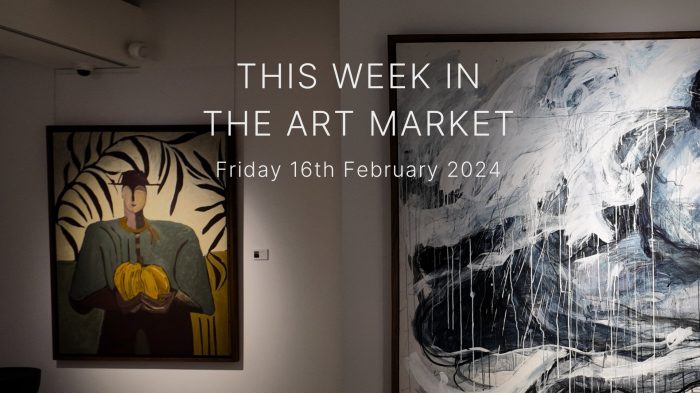In 2018 several major milestones of the art market calendar have already come and gone—including the London auctions and Art Basel in Hong Kong. It is also expected that online auctions market will be the area facing the fiercest competition (up significantly from 27% in 2017). There is a high likelihood to see an increasing convergence between online-only businesses and traditional art businesses in the coming years.
Like most industries, the global art market is no stranger to digital disruption. With a 27% increase, there is little doubt that technology will play a significant role in the future of the art industry – all despite the best efforts of what is a very traditional industry.
From the galleries and art auctions of the world, closed-door meetings and high-end dealings of years gone by, are all turned on their head as buyers from around the world simply click, bid & pay online for the masterpieces of the ages.
According to Sebastian Cwilich, co-founder of Artsy, an American online platform for learning about & collecting art, the online space is most active in the sub-$100,000 categories. Which is no surprise seeing that the rising Chinese middle class and increasingly wealthy millennial markets across the globe are largely tech-savvy, while also part of the ‘aspirational’ market.
This offers significant opportunities as only the ‘serious’ collectors have the time & money available to spend attending art fairs around the world. Once a ‘clique’ industry, now the power of technology on sites such as Artsy, Magnus or Paddle8 is handing the power back to the consumer.
The global market is now becoming more aware, more informed and more interested in Art as not only a thing of beauty, but as an investment class with a highly liquid market, significant asset value potential as well as annual returns through a range of third-party arrangements.
Although the overall market is up over 12% in the year, that growth is over twice as small as the digital segment offering, so the traditional art galleries and fairs need to set themselves up to ‘get on the digital train’ or be hit by it!
So, what will this bring to the industry?
Like most industries, technology will bring convenience, money and mass market expansions – creating a product that is available to just about anyone. However, there are the downfalls that will need to be managed such as cybersecurity, theft and potential loss from general circulation of some of the classics – however, these would affect the industry no more than that of others out there. It is up to the companies & security firms themselves to secure the industry, to ‘future proof it’ if you will.
There is no stopping the development, disruption and innovation that digital technology will bring the art market. Like many industries around the world, through embracing it, the industry can incrementally grow in size, circulation and demand. This, in turn, creates higher returns for owners of art, greater liquidity and of course an industry that will last the test of time.
For more information on how to invest in art for the future, enjoying annual returns through leasing arrangements or source fine art from Asia or around the world, speak with Art Works today!








